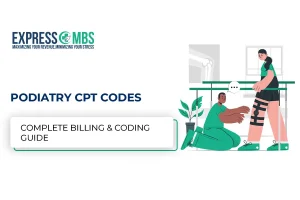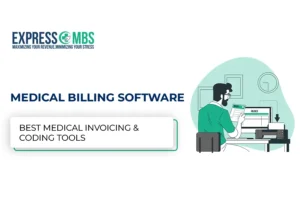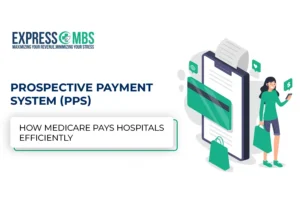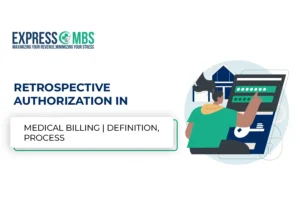
Role of Modifiers in Medical Billing A Guide to Accurate Billing codes

When it comes to accurate claims and full reimbursements, modifiers in medical billing are more than just codes they’re the missing link between documentation and payment. At Expressmbs, we’ve helped countless providers reduce denials and improve revenue just by using the right medical billing modifiers.
Let’s dive into this essential part of the medical billing process and help you use modifiers the way payers want to see them.
What Are Modifiers in Medical Billing?
Modifiers are two-character codes each numeric or alphanumeric that offer additional information about a service completed. In simple terms, modifiers in medical billing tell insurance companies why a procedure was done differently than usual.
For example, if the same procedure is done on both sides of the body, or by different providers on the same day, modifiers clarify that it wasn’t a duplicate charge.
Types of Modifiers in Medical Billing
Modifiers are usually assembled obsessed by Level I (CPT modifiers) and Level II (HCPCS modifiers). Here’s a breakdown:
- CPT Modifiers (Level I): Created by the AMA to enhance CPT codes.
- HCPCS Modifiers (Level II): Used for supplies, ambulance, and services not included in CPT.
List of Modifiers in Medical Billing with Examples
Here’s a helpful list of commonly used modifiers and their description in medical billing:
Modifier | Meaning | Use Case |
25 | Important, distinctly identifiable E/M service | Used throughout the same visit as another process |
59 | Different procedural service | Different session, site, or procedure |
26 | Proficient component | Used when only professional service is billed |
TC | Technical component | For equipment, supplies, and technicians |
50 | Two-sided procedure | Same procedure done on both sides |
LT/RT | Left/Right side | Clarifies body part treated |
76/77 | Replication procedure | Done by same (76) or different (77) provider |
Modifier 59 in medical billing is one of the most distorted but crucial codes. It helps differentiate procedures that are typically bundled.
How to Usage Modifiers in Medical Billing Efficiently
From our real-world experience at Expressmbs, here are a few first-hand tips:
- Documentation is key: If it’s not in the diagram, it doesn’t happen.
- Know payer rules: Particular payers need modifier 59 while others prefer X(EPSU) alternatives.
- Avoid overuse: For instance, using modifier 25 on every E/M visit raises red flags.
- Continuously authenticate: Codes with NCCI edits to stop unnecessary denials.
Most Collective and Important Modifiers in Medical Billing
Some modifiers you’ll likely use often:
- Modifier 25
- Modifier 59
- Modifier 50
- Modifier 76/77
- Modifier 26/TC
- RT/LT
These are not just basic modifiers in medical billing, they’re revenue protectors. Used correctly, they clarify billing scenarios and help you get paid faster.
Why Modifiers Matter - Human Touch Behind the Codes
We’ve seen practices lose tens of thousands in revenue simply due to incorrect modifier usage. One client of Express medical billing had a 22% denial rate just because modifier 59 was overused without proper documentation.
After an audit and training, their approval rate jumped to 94% all because they finally understood how to apply modifiers and their uses in medical billing the right way.
Final Thoughts
Modifiers in medical billing aren’t optional—they’re essential. But they require a thoughtful approach. By using them correctly, you help your patients, your staff, and your bottom line.
If you’re still unsure, let Expressmbs guide you through the complex billing maze. We’re not only coders we’re your planned billing partners.
Need Help with Modifier Accuracy?
Explore our Medical Coding Services and Physician Billing Services to reduce errors and get reimbursed faster.
Frequently Asked Questions (FAQs)
A modifier is a code added to a CPT or HCPCS code to explain how a service was altered like being done on both sides of the body or repeated in the same visit.
Modifiers help avoid denials by clarifying services that might otherwise seem duplicate, unnecessary, or improperly billed.
Modifier 25 is one of the most used. It shows that an evaluation and management (E/M) service was done separately from another procedure on the same day.
Check the procedure’s context, documentation, and payer guidelines. Tools like NCCI edits and expert billing services like Expressmbs can help ensure accuracy.
Improper modifiers can lead to claim denials, payment delays, or audits. That’s why it’s crucial to apply them correctly based on medical records.
Yes, but it's often misused. Many payers prefer more specific alternatives like XE, XS, XP, or XU always check payer policy.



